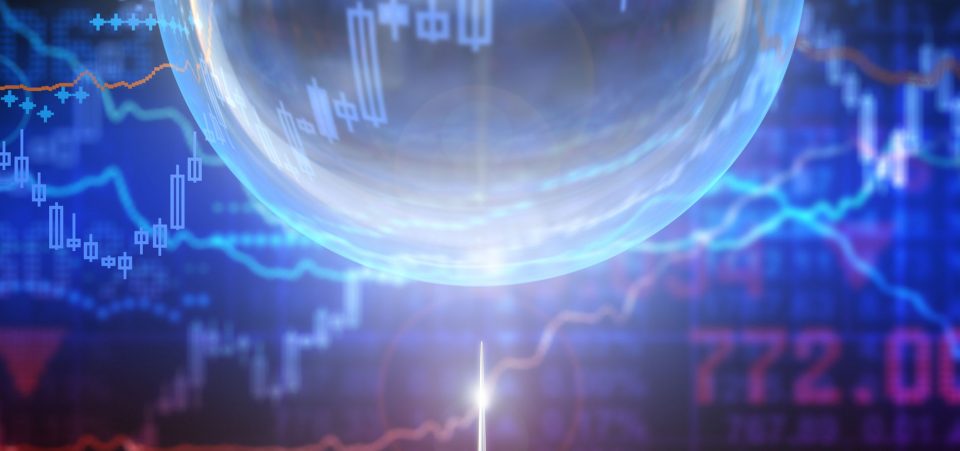Finance Expert Robert Shiller Worries the Trump Market Bubble will Burst 1929-Style
2013 Nobel Prize-winning economist and Yale Professor of Finance, Robert Shiller hates to rain on a parade. But rain he must, because someone must rein in the markets before a major disaster. Shiller says that the surge in stock valuations over the past few weeks has gone too far. Shiller is one of the main proponents of CAPE.
The cyclically-adjusted price to earnings (CAPE) ratio involves a comparison of stock prices to earnings of the past 10 years instead of just a single year. Some also call it the “Shiller P/E.” It’s CAPE that earned Shiller the designation of Nobel laureate.
Shiller’s CAPE has helped explain stock returns since as far back as 1871, when Ulysses S. Grant was president. Shiller says the warning level has gone “from flashing amber to flashing red.” (Source: “Shiller Warns: Stocks Are Partying Like It’s 1929!,” Zero Hedge, December 8, 2016.)
Simply put, the current market valuations have exceeded logic and could crash at any time.
Watch That CAPE Ratio
This has more to do with the hubris of the 19th and early 20th century markets than even the Trump effect, suggests Shiller. He notes that the S&P 500 stands at 27.9 times the corporate earnings of the past 10 years. That’s a price valuation not unlike the one preceding the 1929 crash. (Source: Ibid.)
That P/E ratio is also higher than 2007, which was on the edge of the subprime crisis. Shiller reminds us that the last time the stock market was this “luxurious” (overpriced) was in 2002. Not surprisingly, the stock market crashed. (Source: Ibid.)
But Shiller didn’t just wake up today and decide to sound the market crash alarm. He has been advising investors about the “Trump bubble” in the financial markets. He suggests, quite reasonably, that investors may have an overly optimistic expectation.
Many investors think the Trump presidency and its economic plans have ushered in a new era. It will be a time marked by fewer regulations, lower taxes, and a more economically-friendly climate. But clearly, Shiller fears that the Trump effect may merely have inflated a market bubble.
Shiller Knows Market Bubbles
Shiller was one of the first to launch the alarm about the technology bubble around the turn of the century. He also warned about the subprime real estate bubble that sparked the global financial and economic crisis of 2008–2009.
There is good reason, therefore, to consider Shiller’s warnings carefully. He suggests that the bubble may go on for a while yet, but he has already seen the signs of exuberance. He says that promises of lower corporate taxes and fewer environmental controls are driving the market.
This might drive the market rally, but Shiller warns to watch out, drawing parallels to the presidency of Calvin Coolidge in the mid-1920s. Coolidge too won the White House on a business-friendly platform. He rejected regulations, and therefore did nothing against the sprawling stock market speculation.
Coolidge helped inflate the market bubble during his term of office. It finally burst in 1929, sparking an economic crisis and perhaps the very political turmoil leading to World War II. Shiller fears that the current bubble could end up bursting as loudly as it did in 1929.
Not everyone agrees with Shiller. Jeremy Siegel, from the Wharton School of Business, has urged caution on the validity of CAPE. He says accounting changes have made it barely useful. (Source: Ibid.)
But Siegel is a noted market bull. His advice is for those prepared to handle high risks; it’s not for the faint of heart. If you are in the latter category, you might want to ponder Shiller’s warning.






